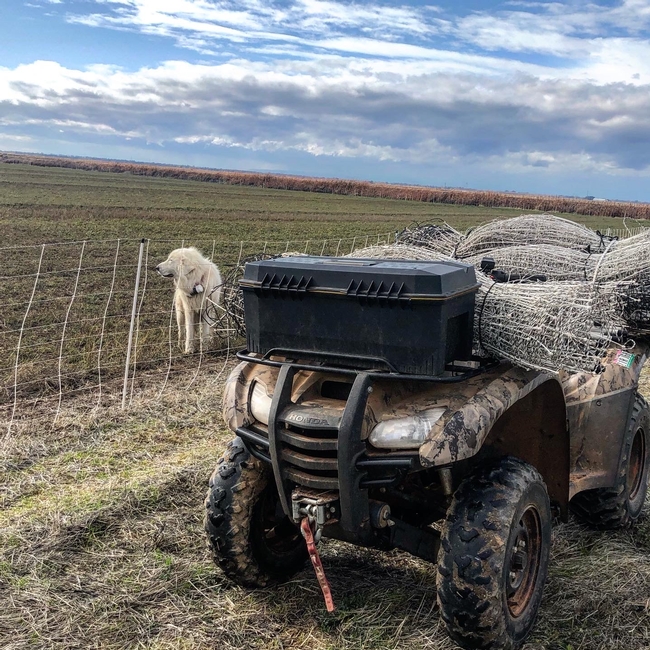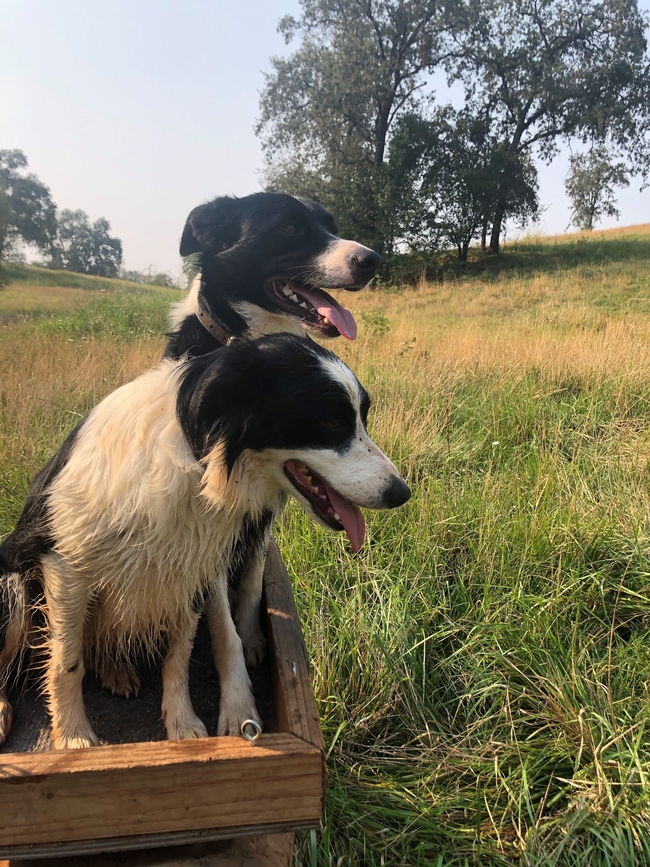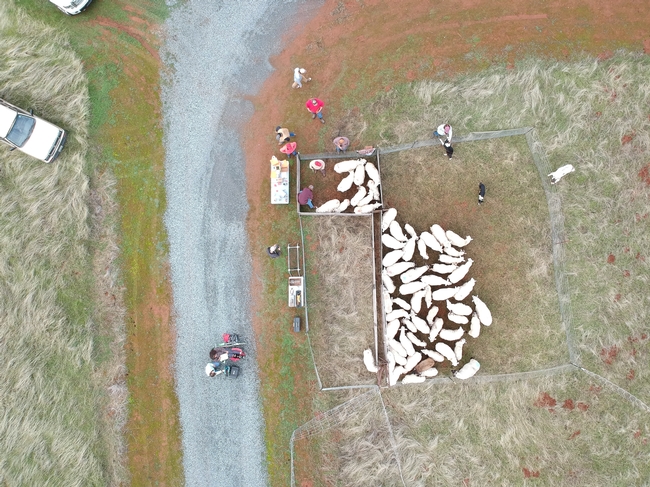Over the last several months, I've had several conversations with ranchers about capital expenditures – purchases of durable, relatively expensive assets. I suppose many of us in agriculture think about equipment – trucks, trailers, tractors, ATVs (at least that seems to be what those of us in the livestock business consider). We might also consider handling equipment – corrals and chutes, for example – or breeding animals. And most of us (myself included) have a limited amount of capital with which to work. How do we figure out our priorities?
First, I think it's helpful to define a capital purchase. Unlike an operating expense (feed, for example), a capital purchase exchanges one asset (cash, generally) for another. Capital purchases are included on our balance sheet; operating expenses show up on our profit and loss statement. Obviously, there are costs to owning an asset. If we borrow money to purchase a truck, the interest payment is an expense. So is the annual depreciation. But the truck (or the breeding cows, or handling equipment) are assets of our business.
As business owners, why would we make a capital purchase? From my perspective, a capital purchase plan must be tied back to the specific needs of the business. What are the weak links in terms of business profitability? A capital purchase should address these weak links. For example, if we know we need to reduce our overhead costs (and as a reminder, overheads are land-related and labor-related in a livestock business), then equipment that makes our labor more efficient may be justified. If we know our gross margins (revenue minus direct expenses) are positive, then perhaps we need to think about expanding our productive capacity (e.g., buying more breeding animals). Or said another way, if we know we need to expand our business, and we have a limited amount of capital to invest, will reducing our overhead address the key challenge, or should we buy more livestock? These are critical questions!
We should also think about the source of funds for the purchase. Are we going to use the profits from our business? Our personal savings? Are we going to borrow money? If we use our personal savings, we should formalize a plan to pay back this investment – after all, the business is borrowing money from outside the business (even if that money is ours). If we are going to formally borrow money from a bank or other source, what are terms? Is collateral required? What is the interest rate?
If you're like me, you probably like shiny paint and new equipment. When I visit larger operations, I find myself envious of their sheep handling equipment. I would love to have a portable commercially-built sheep handling system, for example. But if I think about the function of a handling system (rather than the object – or the brand name), I can come up with alternatives to this large expenditure. For example, our current handling system is comprised of a home-built wooden alley and Bud Box set-up, with t-posts and wire panels for holding pens. For us, this system does everything a factory-built set-up will do, at a fraction of the cost. The function of a set of corrals is to facilitate easy sorting and handling. Building our own system has allowed us to invest our capital elsewhere.
Examining the function of a specific piece of equipment is also related to the bottlenecks in our operations. For example, when we started in the sheep business, we had a small, bumper-pull stock trailer. I could hall 12-15 mature ewes at a time (depending on whether they were newly shorn or in full fleece). As our flock grew, we began to realize that we were spending much more time hauling livestock from ranch to ranch. In this case, we ultimately made two investments: a larger stock trailer (that more than doubled our capacity) and a border collie (which allowed us to safely herd our sheep to some of the places we'd been hauling them previously).
Sometimes, one purchase requires another. For example, when we installed our K-Line irrigation system, we also had to buy an ATV to move water. In other words, the $9,000 we spent on irrigation improvements required an additional $3,500 purchase of a used ATV. We've considered buying a double-deck stock trailer, which would require also buying a loading ramp and always loading from facilities that we can reach with a truck and trailer. Like our border collies, the ATV has multiple benefits. At the moment, we can't justify adding a double-deck trailer.
Once we've decided what our capital purchase priorities are, there are several ways we can evaluate the financial implications of these investments. For new businesses (1-3 years), I think a simple payback period is an important analysis. To use this tool, we divide the total cost of the purchase by the annual positive change in profit (either through increased revenue, decreased expense, or a combination of the two). Here's an example:
Used ATV
- Purchase Price = $4,000
- Operating Costs (fuel, maintenance, depreciation) = $400/yr
- Labor Savings (irrigation, fencing, etc.) = $1,400/yr
- Net Income Change = +$1,000/yr
- Payback Period = $4,000 ÷ $1,000 = 4 years

All of this is a rather long-winded way of saying that capital purchases require a plan – just like every other aspect of our ranch businesses. We need to have a clear understanding of where the economic weak links in our business may be (e.g., overhead expenses vs. productive capacity vs. improving gross margins). We need to think about the function that we need accomplish rather than the object we think we need. We need to think about the entire investment required. And finally, we need to think about the financial and cash flow implications of making the purchase.

